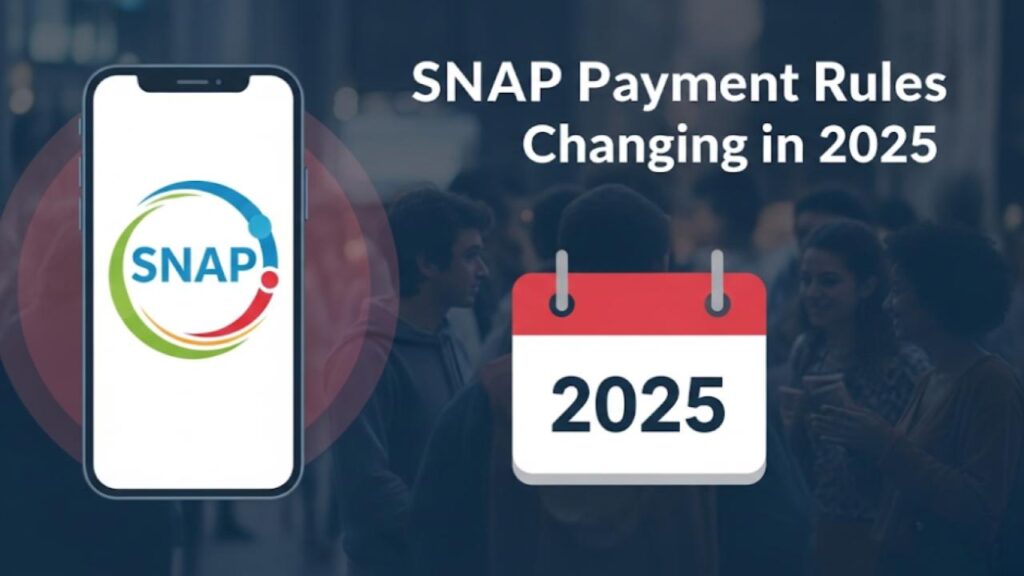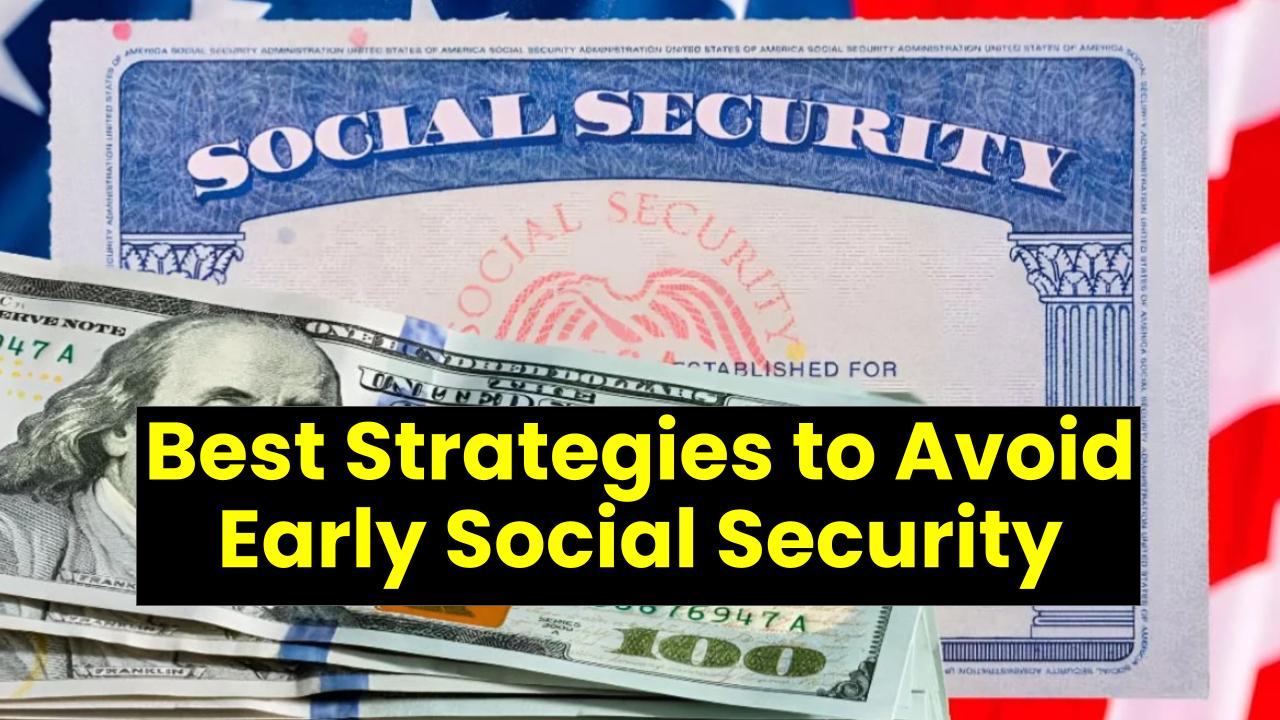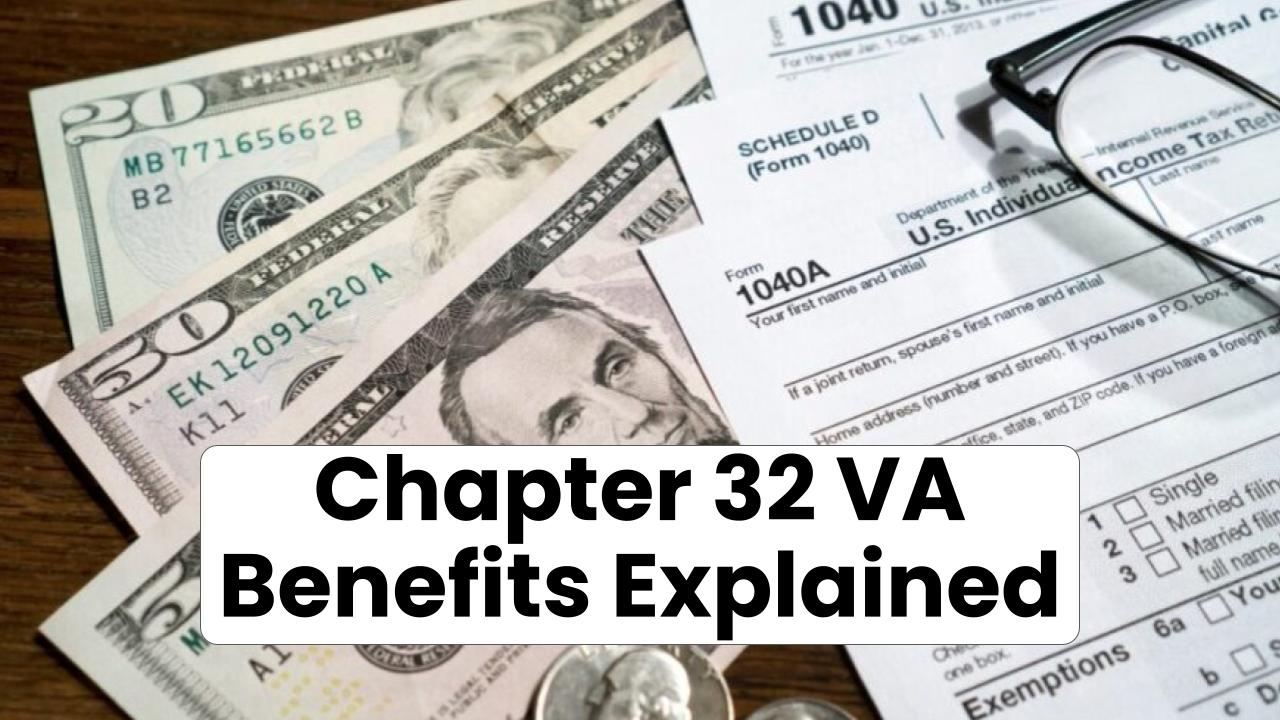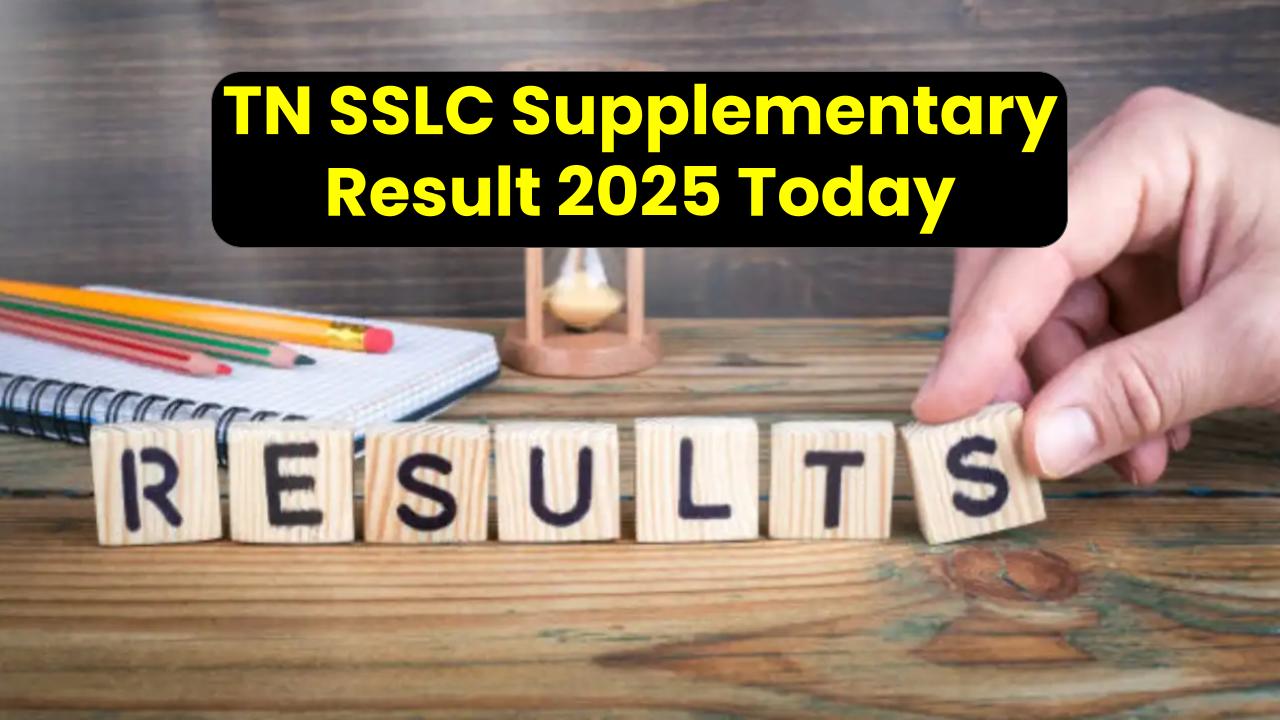If you depend on the Supplemental Nutrition Assistance Program (SNAP), you’ve probably heard whispers of change coming down the pipe. Well, it’s official—SNAP payment rules are changing in 2025, and it’s going to affect millions of Americans. Whether you’re a working parent, a senior citizen, a student, or someone just trying to get by, these new rules might touch your table.

The government is rolling out new eligibility criteria that expand work requirements and shift how states manage the program. But don’t worry—we’re breaking it all down for you here, plain and simple, with real talk and reliable sources. By the time you finish reading, you’ll know what to expect, how to stay eligible, and where to get help if you need it.
SNAP Payment Rules Changing in 2025
| Topic | Details |
|---|---|
| Work Requirements | Ages 18–64 must work, train, or volunteer 80 hours/month unless exempt |
| New ABAWD Rules | Time limit reinstated for childless adults under 55 |
| Maximum Benefit (FY 2025) | $975/month for family of four |
| Income Limits (130% of Poverty) | ~$3,380/month for family of four |
| State Costs (2027–2028) | States to cover up to 75% admin & 25% benefit costs |
| Proposed Purchase Restrictions | Bill seeks to ban soda, candy, desserts with SNAP |
| Official Resource | USDA SNAP Website |
The SNAP payment rules changing in 2025 mark a big shift in how food assistance will work moving forward. With tougher work requirements, expanded age limits, stricter food purchase rules, and increased pressure on state governments, it’s more important than ever to stay informed, stay prepared, and know your rights.
From real-life families trying to make ends meet to professionals navigating new eligibility rules, these updates affect us all in one way or another. Whether you’re applying for the first time or helping someone who is, bookmark this page, check your local office, and keep your paperwork in order.
What Is SNAP and Why It Matters
SNAP, once known as “food stamps,” helps low-income families buy food. It’s a federal program run by the U.S. Department of Agriculture (USDA). Every year, SNAP keeps food on the table for over 40 million Americans, including children, seniors, veterans, and the working poor.
In 2025, the government is giving the program a serious update. With new rules affecting work requirements, eligibility age, and even what foods you can buy, the changes are meant to tighten oversight and shift more responsibility to the states.
Expanded Work Requirements – What’s Changing
Ages 18–64 Must Work or Volunteer 80 Hours/Month
If you’re between 18 and 64 and not disabled, pregnant, or caring for a child under 6, you’ll need to work, volunteer, or attend job training at least 20 hours a week to stay eligible. This rule used to stop at age 49, then 54. Now it goes up to 64.
This is part of a new bill passed in July 2025 that aims to “make SNAP more accountable,” according to lawmakers. But critics argue it might push vulnerable people off the rolls.
Exemptions include:
- Being pregnant
- Living with a disability
- Caring for a young child
- Being homeless
- Having served in the military
- Aging out of foster care
If you meet one of these, you likely won’t be subject to the work rule.
ABAWD Rules Reinstated in 2025
Able-Bodied Adults Without Dependents (ABAWDs) under 55 will again face strict time limits. If they don’t meet work requirements, they’ll only be allowed 3 months of SNAP benefits every 3 years.
This rule kicks back in on June 1, 2025, in areas where states aren’t waiving it. So if you’re single, childless, and not exempt—you’ll want to get ahead of this.
FY 2025 SNAP Benefit Amounts and Income Limits
Every year, the USDA adjusts benefits based on inflation. For Fiscal Year 2025 (October 1, 2024 – September 30, 2025), here’s what’s new:
Maximum SNAP Benefits
- 1 person: $291/month
- 2 people: $535/month
- 3 people: $766/month
- 4 people: $975/month
Income Limits (130% of Federal Poverty Line)
- 1 person: ~$1,580/month
- 2 people: ~$2,137/month
- 4 people: ~$3,380/month
Your income includes job wages, Social Security, unemployment benefits, and other household earnings.
States Face Cost-Shifting Burdens
Under the new rules, states are being asked to cover more of the bill:
- Starting in FY 2027 (Oct 1, 2026), states must pay 75% of SNAP admin costs, up from 50%.
- By FY 2028 (Oct 1, 2027), states with high error rates in benefit processing could be on the hook for 25% of total SNAP benefits distributed.
What does that mean for you? Some states might tighten eligibility or cut services to reduce costs. It could also mean longer wait times or more red tape.
Proposed Food Purchase Restrictions: Candy, Soda May Be Out
The Healthy SNAP Act of 2025 is still under review, but it proposes banning the use of SNAP to buy:
- Soda and sugary drinks
- Candy
- Ice cream
- Prepared desserts
The USDA would update the eligible food list every five years to reflect national dietary guidelines.
Supporters say this will help SNAP families eat healthier. Critics argue it could disproportionately affect food access in low-income and rural areas, where healthy choices are limited.
How to Stay Eligible – Step-by-Step Guide
- Check Your Status
Visit your state’s SNAP portal to see if you’re currently eligible or exempt from work rules. - Meet the 80-Hour Rule
Work, volunteer, or participate in approved job training programs at least 20 hours a week. - Document Everything
Keep proof of hours worked, volunteer logs, or training certificates. States may require documentation. - Know Your Area’s Rules
States have some leeway on how they apply ABAWD limits. Check local waivers. - Apply for Exemptions if Needed
Veterans, caregivers, and homeless individuals may qualify for automatic exemptions. - Update Regularly
Report any changes in income, employment, or household size ASAP to your local SNAP office.
FAQs
Q1: Will seniors lose SNAP benefits under the new rules?
A: No. People over 64 are exempt from the work requirements. Seniors can still receive SNAP based on income.
Q2: What if I can’t find work but need food help?
A: If you live in a high-unemployment area or are experiencing homelessness, you may qualify for an exemption.
Q3: Can students get SNAP?
A: Some students can if they meet special criteria—like working 20+ hours per week or being a parent. Check with your local SNAP office.
Q4: Will my benefits go down in 2025?
A: Possibly. If your household size shrinks or income goes up, you might see a change. But the base benefit amounts have increased slightly.
Q5: Where do I apply or check eligibility?
A: Start here: USDA SNAP State Directory








